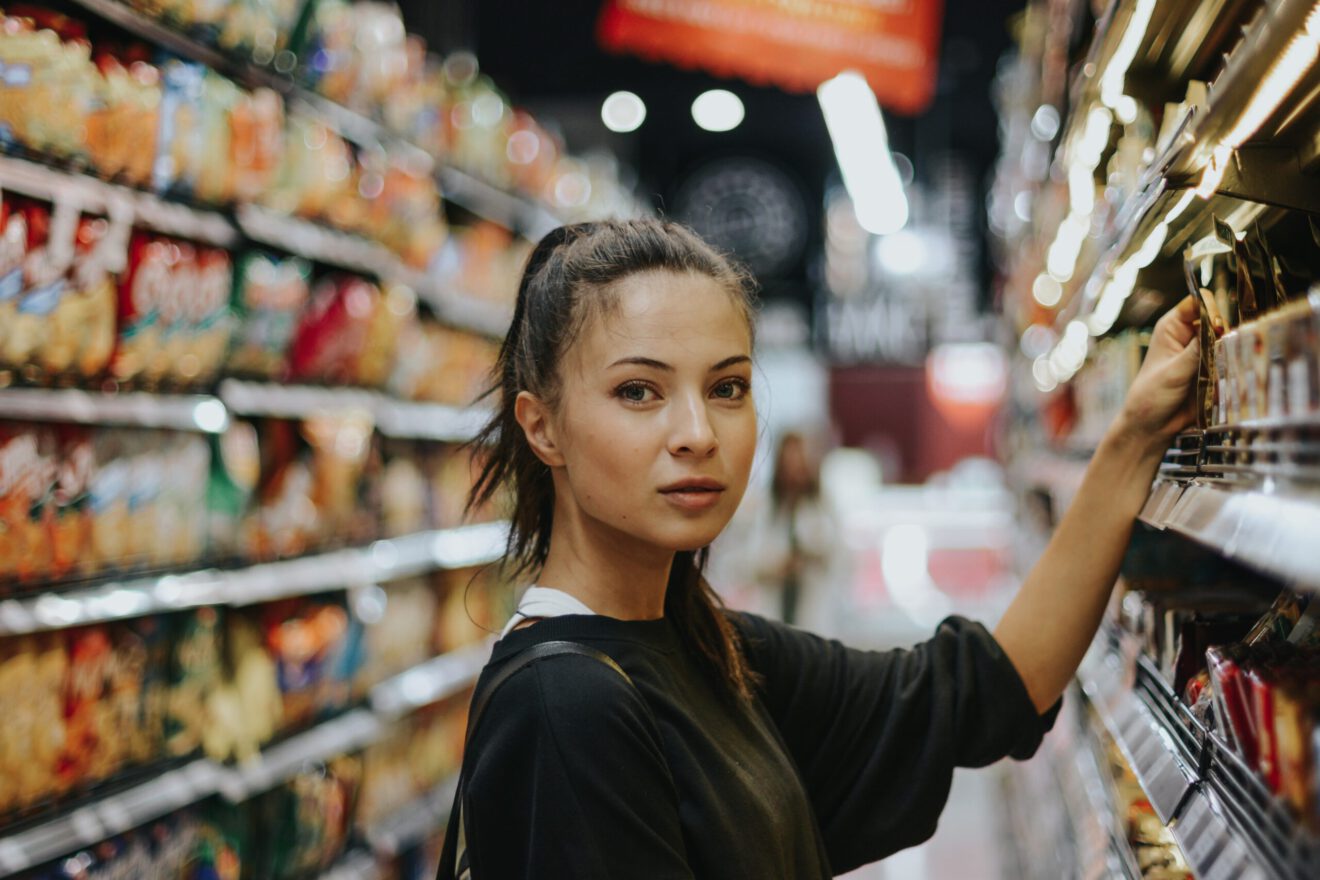More now than ever, shoppers are turning over food, beverage and personal care packaging in the store to find out what’s in the products before they buy. Consumers are increasingly seeking more transparent items, even though no strict definition exists to describe exactly what “clean label” means.
The quest for transparency extends not just throughout the food and beverage industry, but also into personal care, cleaning and pest repellent products, said parents who spoke on a panel with Sally Greenberg, executive director of the National Consumers League, during the recent GMA Leadership Forum.
These shoppers said they want all of their products to include healthy, safe ingredients, and those sentiments were backed up by data from Nielsen and Label Insight. According to a recent study from the two firms, 39% of shoppers today would be willing to switch brands to start using products that feature more transparent labels, and cleaner options are gaining sales growth across the store. In addition, the number of households purchasing sustainable products is up four points over last year, said Susan Dunn, president of Nielsen’s US Practices and Commercial Strategy, during a presentation at the GMA Leadership Forum.
What is clean label – and how can you transition toward it?
It’s possible that shoppers have varying opinions about what constitutes a clean-label product, said Label Insight’s Patrick Moorhead during the presentation. “Clean label is this nebulous concept that a lot of people have misunderstood,” he said, adding that even products considered “sustainable” can have meaning beyond how consumers traditionally think of them.
“Sustainability gets into this world of transparency that’s not only about physical and health wellness, but also mental health wellness,” Moorhead said. “It’s good for my body, and it’s also good for me emotionally, based on how it’s made, where it’s sourced and what the practices were on humane treatment.”
Although conventional products make up the majority of items in the store, sales growth is moving increasingly toward the clean-label items, and big CPG firms don’t have to completely overhaul their product offerings to tap into that growth. For example, Moorhead points to Frito-Lay, which didn’t reformulate its Lay’s potato chip product, but did begin highlighting the fact that it only includes three ingredients. “Think of it as a roadmap, not an all-or-nothing, zero-sum approach,” Moorhead said.
Go beyond fat and carbs
When shoppers read labels today, they’re going far beyond seeking nutritional details as they would have reviewed a decade ago, and are instead checking for additives, organic ingredients, allergens and other factors important to them. “Consumers are reading ingredients and analyzing them in different ways — so it’s not necessarily ‘what’s the protein here, what are the carbs and fat’ — they’re bringing it down to a different level,” said Megan Reamer, co-founder of snack food brand Jackson’s Honest.
Nielsen’s data reveals that this is trending across the store. “No category is off-limits, we see it in beauty products, cleaning products — there really isn’t a category where we don’t see this happening,” Dunn said.
As CPG brands continue to determine how they can pivot their products to meet the growing need for transparency, it’s becoming clear that even without a definition for “clean label,” the trend will keep growing. “We can define all we want — consumers are voting with their wallets, and we’re in the business of helping consumers find what they want, and making the information available,” Moorhead said.
______________________________________________________________________________________________________________________
If you enjoyed this article, sign up for GMA SmartBrief to get news like this in your inbox, or check out all of SmartBrief’s food and travel newsletters as we offer more than 30 newsletters covering the food and travel industries from restaurants, food retail and food manufacturing to business travel, the airline and hotel industries and gaming.
